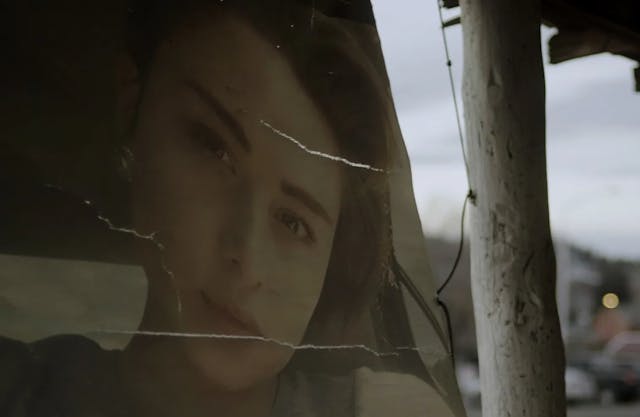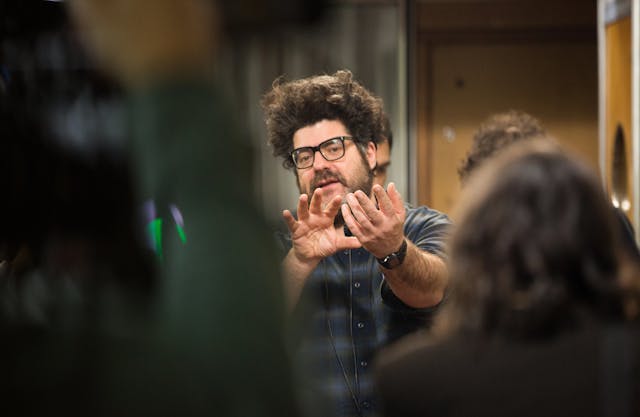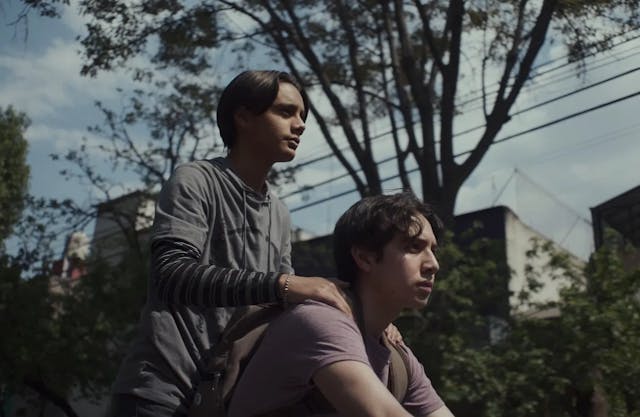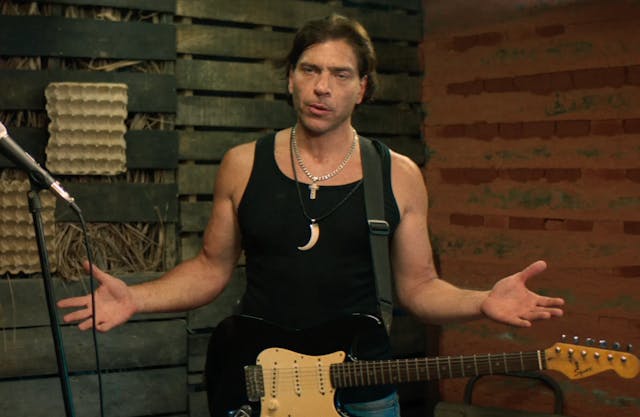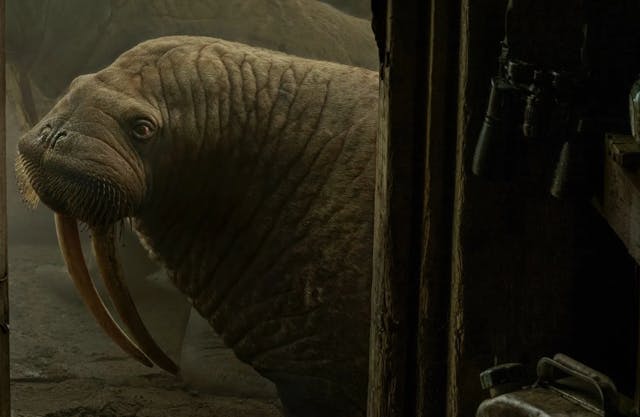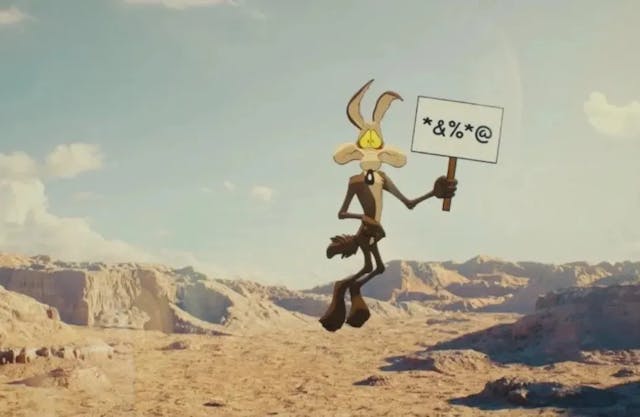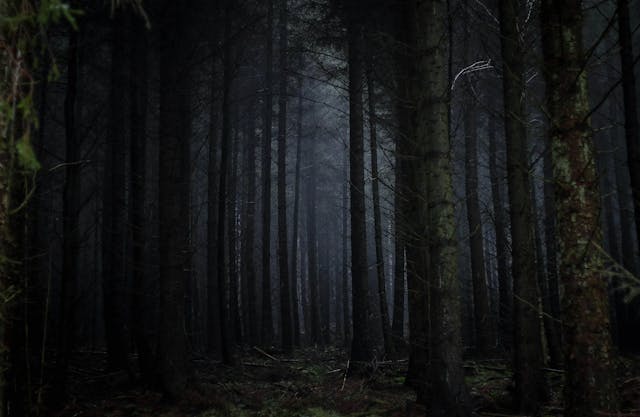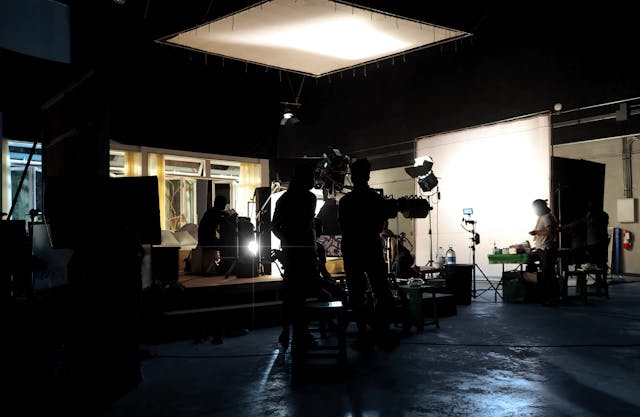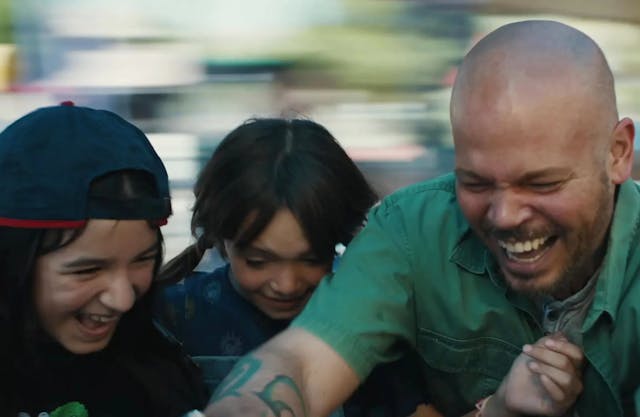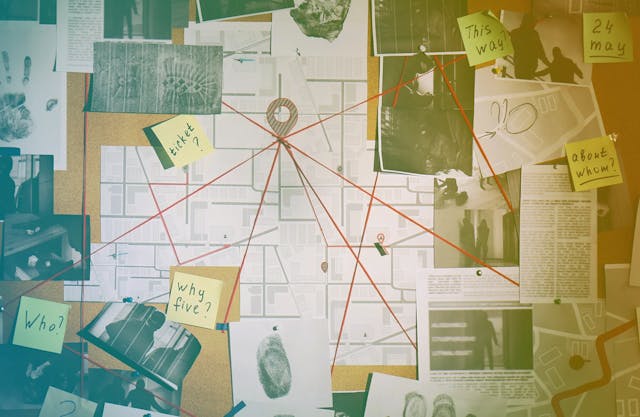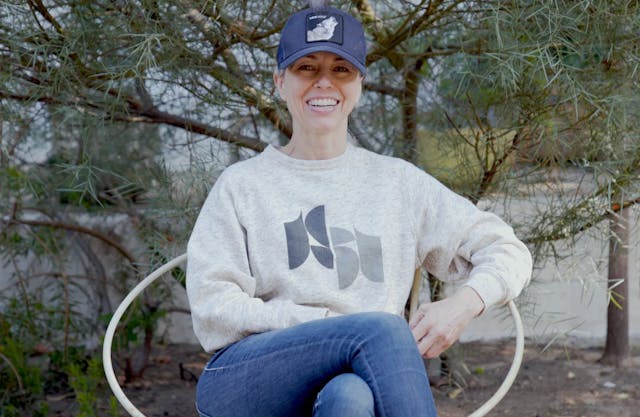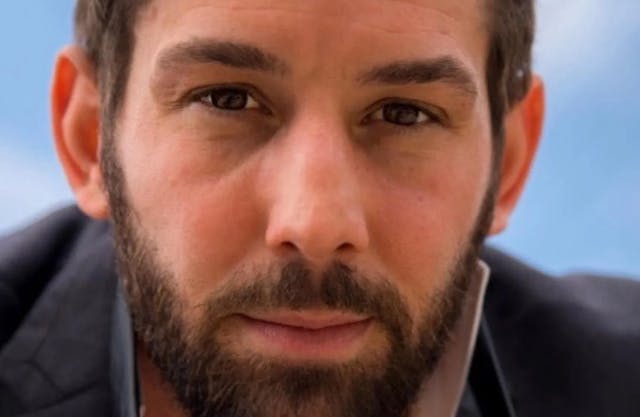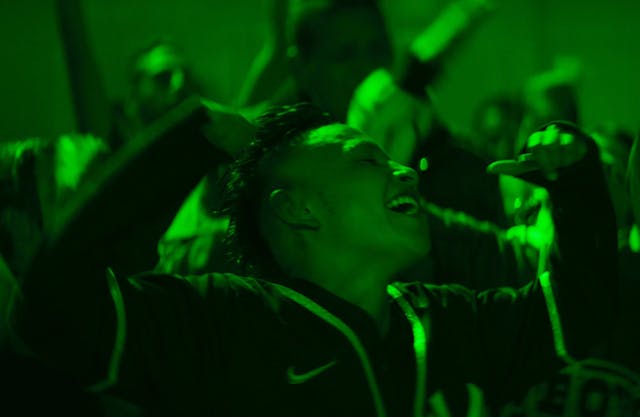The Murdaugh Case: Murder Documentaries Latest Sensation

How much true crime is enough? If we go by the cottage industry developed around the never-ending saga of Alex Murdaugh and his family, it’s never enough. A quick search on streaming services reveals three series, two documentaries, and a two-part dramatic adaptation with Bill Pullman in the lead role. If you binge all that, you will spend 14 hours and 42 minutes of your life. And chances are there might be more from where those came from, and the case moves forward through the judicial system or more evidence resurfaces. I would not be surprised if, in a few years, we get hit with “Murdaugh Murders: SCOTUS Showdown.”
The Stuff Crime Documentaries Are Made Of
We are dealing with a story that the media have intensively covered and, to top it, rehashed by the “true crime” cottage industry. It is feasible that most people noticed, but the provocative thumbnail on the landing page of their favorite is coming in cold. I will try to skirt spoilers - if such a thing exists for these kinds of programming, but these are the basis of the case: over decades, the family rose to amass great influence in Hampton County, South Carolina. Patriarch Randolph Murdaugh III served as the 14th Circuit Solicitor since 1920. He founded a law firm. After his accidental death in 1941, one of his descendants held the position until 2006. Their influence did not wane. It’s not by chance that Hampton was known as Murdaugh County.
The grandson of Randolph, Alex, benefited from decades of prestige. He practiced law at the family firm and served as a volunteer prosecutor. His family included his adoring wife, Maggie, and sons, Buster and Paul, who were primed to follow in his father’s footsteps. They were wealthy landowners, avid firearms collectors, and keen on hunting and fishing. They lived the American Dream, South Carolina style. But if you looked closely, people around the family had the bad luck of dying: an apparent hit-and-run incident, a tragic fall down a set of stairs. The bodies piled up over time until the breaking point. Earlier this year, on March 2, a jury found Alex guilty of two counts of murder and possessing a weapon during a violent crime. His lawyers appealed and are currently pursuing a motion for a new trial.
An Streaming Bonanza for True Crime Fans
As compelling as the case can be, tackling so many hours of viewing is daunting. It should only be reserved for beautiful works of TV like “Berlin Alexanderplatz” (Rainer Werner Fassbinder, 1980) or classic long-form cinema like “Out 1” (Jacques Rivette, 1971). Still, I wanted to get my bearings on the case and promptly used JustWatch to see what was available.
TV producers and streamers are deeply committed to the story. Max has not one, but two series about it: “Murdaugh Murders: Deadly Dynasty” and “Low Country: The Murdaugh Dynasty.” I could not decide between them, and I still resent the gutting of HBO, so I was not going to give those viewing hours to David Zaslav, the man who killed Batgirl. “Alex Murdaugh: Death, Deception, and Power,” available on Peacock, comes from the cable channel Oxygen, which is not a selling point in my book. “The Murdaugh Murders” is a Tubi Original, loaded with commercials. I lost patience with commercial interruptions long ago, and Popflick spoils me with the chance to watch indie movies with no ads, so Tubi is a no-go for me.
Amazon rents and sells “Murdaugh Murders: The Movie,” starring Bill Pullman as a fantasy handsome Alex Murdaug, still doing heinous crimes. This one comes from the lovely fellows at the cable channel Lifetime. I’m glad Pullman is still getting gigs, but I rather remember him as the doomed saxophone player in “Lost Highway” (David Lynch, 1997) - or even the kick-ET-ass US President in “Independence Day” (Roland Emmerich, 1996). As far as film production goes, these are cheaper than low budget movies.
Netflix’s “Murdaugh Murders: A Southern Scandal”
So, I logged in to Netflix and got my dose of real-life Southern discomfort. Julia Willoughby Nason, Jenner First, and Michael Gasparro produce the series. The first season, comprised of 3 episodes, was released in February 2023. The second, with another 3, came up swiftly, seven months later, on September 2023. The team is a veteran of many true-crime films and TV production, including “Fyre Fraud” (2019), one of the competing films about the summer festival debacle conceived by Billy McFarland. Their movie ended up on Hulu, where you can still catch it.
"…A Southern Scandal" is stealthy, scrambling the case's timeline. It's a classic narrative trick deployed here to emotionally engage audiences from the get-go. The first episode concentrates on a side case that allegedly precipitated the fall of the Murdaughs. In the early hours of February 24, 2019, a drunken Paul Murdaugh, the youngest son in the family, crashed his boat into a bridge. Paul and five friends were on board. One of them, Mallory Beach, disappeared in the dark waters of Archers Creek.
Beach was 19 years old. Blonde and blue-eyed, she looks like the ideal girl next door. The interviews with friends and family work to paint a picture of the person behind the name. At the same time, facts become plot points, and subtext becomes fertile ground for drama. Paul, considered the back sheep in the family, suffers from his parents’ neglect. He takes umbrage in alcohol and often turns into a nasty drunk. He is violent towards his girlfriend, Morgan Doughty, and disregards the safety of people around him. He does not have his parent’s attention, but he instinctively knows his privilege will keep him safe from the consequences of his actions. Well, at least for a while.
The Modern Stylings of Tabloid TV
The secret weapon of true crime documentaries is an involving narrative, with resources taken from literature and powered up through the conventions of TV newsmagazine crime stories. Just as “Dateline” or “20/20” would send you to commercial breaks on a cliffhanger, this series deploys the same tactic just before the final credits roll, the best to make you hit the “watch next episode” button. And God knows the Murdaugh Murders offer plenty of opportunity to create apprehension and anticipation.
This is not negative criticism towards the filmmakers. On the contrary, they use the tools of the storytelling trade with a sure hand. The interviews are sensibly shot and edited, and you can sense they are toning down the most sensational aspects of the case so as not to be exploitative. At times, one must feel a little more subtext is needed. All the parents are interviewed together, except for those of Mallory Beach. We can only deduct they are separated, but the situation is never addressed. Did the events unleashed by Paul Murdaugh played a part in that outcome? We can only guess.
Then again, details are bound to be omitted when dealing with a complicated story that includes many crimes. Plus, the pace needs to be speedy. The visual matrix of these shows and documentaries is well-established and recognizable. You get testimonial interviews with the subject looking straight at the camera and stylish recreations - the genre owes a lot to documentarist Errol Morris, even if they coopted his tools for something less artistically ambitious. There are a lot of official archival materials. For all the faults of the US government, the level of access to public records that American citizens and journalists have is unparalleled. It is the kind of thing you are only conscious of when it’s taken away - fight to preserve it, guys!
It’ All True Crime to Me!
The advent of home video, digital, and cellphone cameras brings another embarrassment of riches regarding b-roll. It doesn’t matter if the main characters decline to be interviewed or are prevented from doing so due to being victims of homicide. We have enough access to their media history, so you don’t feel anything is missing. It also adds an invasive frisson to the experience of watching. We are privy to the intimate moments of absolute strangers.
The popularity of these resources contributes to infilling a feeling of sameness in this kind of program. It is a maddening contradiction: you get constant stimuli with fast-as-lightning editing, but the pace suffers. For all the data they regal the viewer with, you feel like they are always skimming the surface. The model fits crimes of every scope. Check out “God Forbid: The Sex Scandal That Bought Down a Dynasty” to see how the formula plays in a crime story with less mortal implications.
Perhaps it is just as well because we would find our twisted, morbid fascination with death at the bottom. One of the most ghoulish moments in the series does not show a drop of blood. The state of the Murdaughs is sold at an auction. Fascinated with the violent story that destroyed the family, hundreds flock to a warehouse to get their piece of history. A woman brings the filmmakers to her home. She shows with visible pride her newly-bought treasure: an electric vacuum cleaner that still has a bag full of dust inside - more importantly, she got an old digital camera with a memory card full of family pictures that surely helped the filmmakers a lot.
Of all the awful things you see in Murdaugh Murders, this is the moment I can’t quite shake. It speaks to the heart of the True Crimen phenomenon. This is us, binging the terrible stories of people at their worst. They did horrible things to each other. Let’s look at their trash.
Want to get an email when we publish new content?
Subscribe today